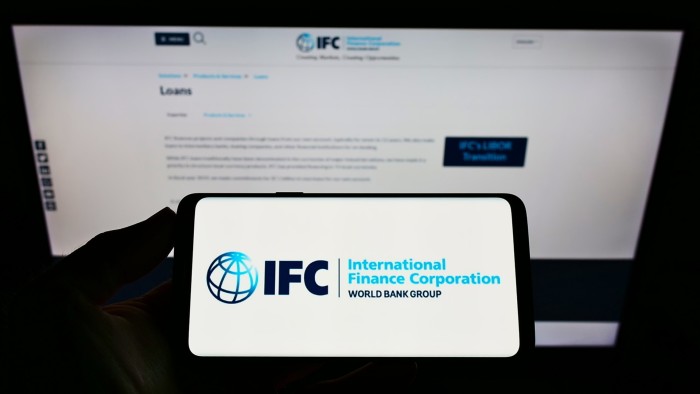Better risk data should boost confidence in emerging markets

Roula Khalaf, Editor of the FT, selects her favourite stories in this weekly newsletter.
The writer is the managing director of the International Finance Corporation
Emerging market businesses have long been perceived as risky destinations for investment. But how risky, exactly? We now have better information with which to answer that question, thanks to a pair of reports published in March by the Global Emerging Markets Risk Database Consortium (GEMs), a group of 25 multilateral development banks and development finance institutions.
The statistics yield clear messages: investment risks in emerging market companies compare favourably with those experienced in other asset classes. Moreover, the portfolio diversification provided by emerging markets gives the most benefit (versus assets with similar default rates) in times of global stress.
The reports provide a robust set of statistics taken from this database that spans 30 years of lending by GEMs members. The consortium pools credit risk data and publishes it as a resource for public use. It has evolved over time into a community that develops common approaches and data methodologies to record default and recovery frequencies.
In debt financing, default rates are a guiding metric for investors, measuring how often a financial obligation is unmet. Between 1994 and 2022, these rates in the GEMs portfolio averaged about 3.5 per cent. This is roughly comparable to average default rates observed in companies that receive a B credit rating from S&P (3.4 per cent) and a B3 from Moody’s (4 per cent). Moreover, during global crises, default rates in the GEMs portfolio were lower than for the S&P’s B-rated and Moody’s B3 comparators, a welcome counterpoint to somewhat higher default rates in non-crisis times.
Recovery rates, which measure the amount of investment recovered after a default occurs, were also higher than expected. At 75 per cent, the recovery rates within the GEMs data set surpass those reported for Moody’s Global Loans at 70 per cent, Moody’s Global Bonds at 59 per cent, and JPMorgan Emerging Market Bonds at 38 per cent.
Looking at our data, the IFC’s private sector portfolio had a low average default rate of 4.1 per cent from 1986 to 2023, suggesting the untapped potential and resilience of investments in emerging markets, where more capital is needed. Research published by the National Bureau of Economic Research in 2020 showed that IFC’s equity investments over the previous four decades outperformed the S&P 500.
It must be noted that these statistics reflect the unique experience of multilateral development banks and development finance institutions. GEMs members deploy more in-country staff than global commercial investors, providing detailed knowledge of the regulatory and political aspects of the market and informing our choice of clients.
Moreover, such institutions often accompany lending with advisory services to clients to build their capacity. Such factors may explain the lower defaults and superior recovery rates.
We also typically deploy “patient capital”, which seeks a strong return over longer time horizons. As a result, our grace periods before default tend to be longer than other investors. These variations may skew comparisons.
But with this understanding, investors can take general encouragement about the state of emerging markets and invest accordingly.
Reallocating just 1 per cent of assets under management globally to emerging markets each year could have a transformative impact on growth and development in these countries. However, investors need more than just encouraging statistics. They seek regulatory certainty, political risk insurance and foreign exchange risk mitigation.
As a co-founder, along with the European Investment Bank, and the largest private sector statistics contributor to the GEMs consortium, IFC remains committed to pooling data with our partners to optimise future reports. By providing the public with essential risk-reward calculations, we aim to equip investors with the information they need to make decisions about emerging markets.
These efforts, combined with International Bank for Reconstruction and Development’s recent release of sovereign default and recovery rate statistics, means that the World Bank Group will continue to support this important initiative by providing loan portfolio data, focusing on alignment, utility and consistency.
Investor confidence in emerging markets must be built layer by layer. These new statistics offer a robust foundation.
Comments